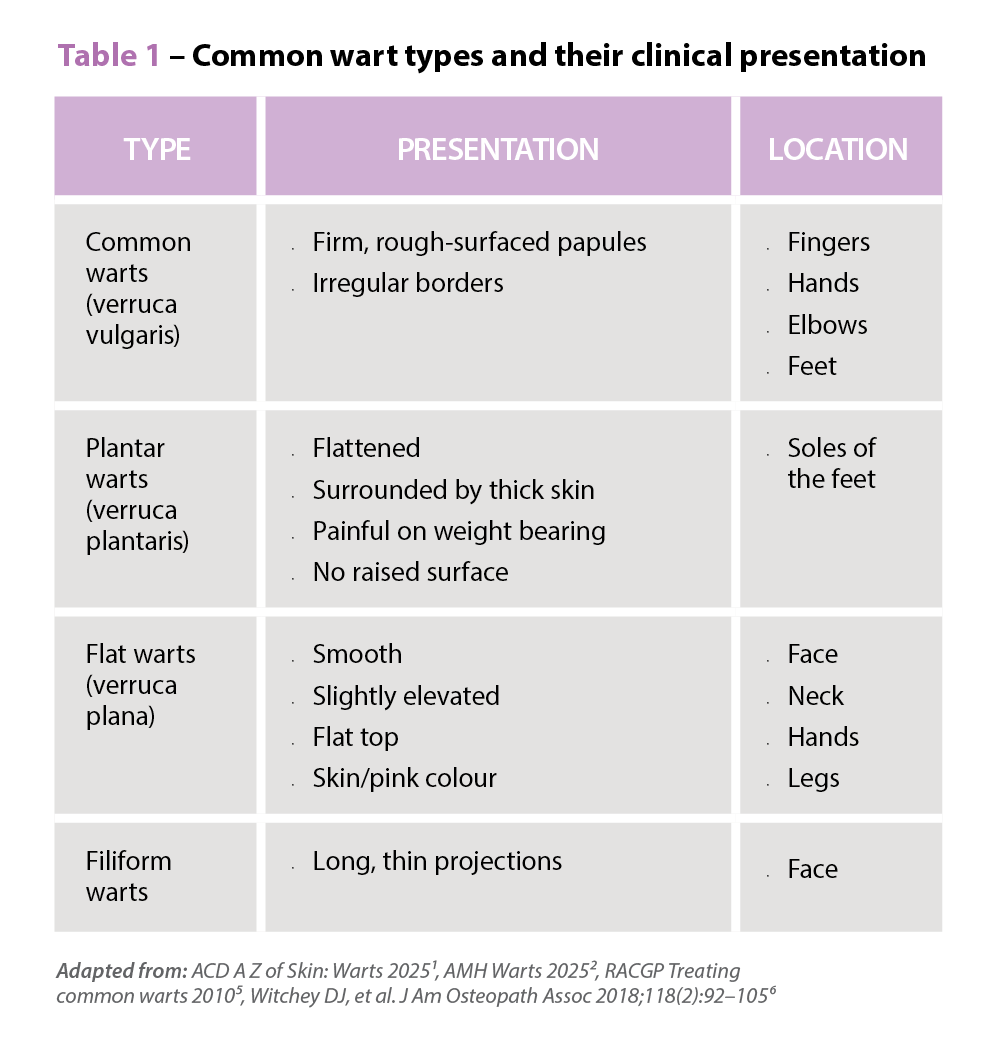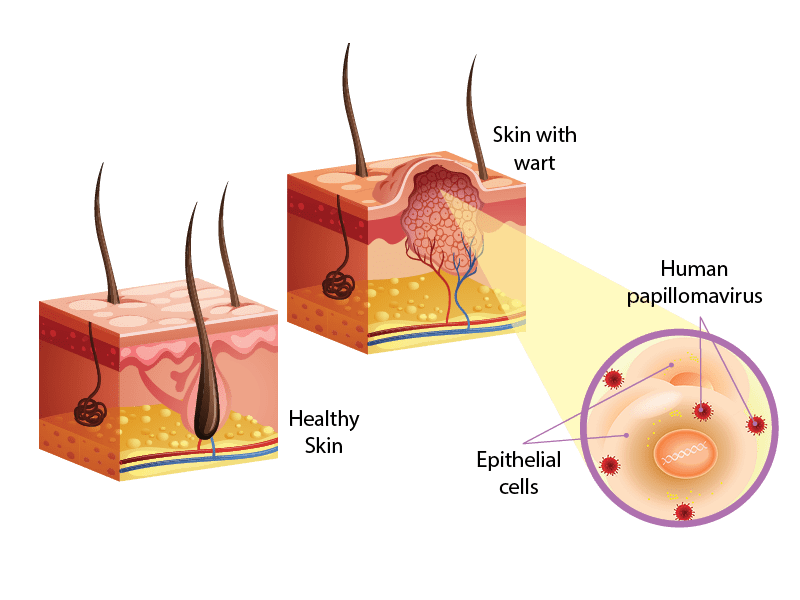A new PSA report describes the digital future of Australian health care, a ‘new normal’ with pharmacists front and centre, equipped with more information to better inform clinical decisions and provide safer care for patients.
Australia’s health system is in the midst of a new wave of technological transformation – one that is connecting health information between patients, health professionals and carers.
This digital transformation provides an unprecedented opportunity to improve the quality of care patients receive – particularly with regard to medicine safety. It will connect the dots in pharmacy practice, enabling clinical decisions to be better supported by an informed whole-of-patient view.
It is a program of work that has been driven by the Australian Digital Health Agency, but which is strongly aligned with outcomes identified in the PSA’s Pharmacists in 2023.1
The PSA fully supports this vision of a ‘new normal’ for pharmacists, and outlines the details of a safer future in the new report, Connecting the Dots: Digitally Empowered Pharmacists.
Medicine safety
The nature of medicine-related problems is broad – it can involve inappropriate medicines being prescribed, medicines continued for longer than needed, the duplication of medicines, and necessary medicines not being prescribed or used.2,3,4
Although multiple factors usually contribute to these problems, the two most significant factors identified as contributing to medicine misadventure are:
1) gaps in communication
2) time delays in being able to access pivotal information.5,6
The more complex the medication therapy and the larger the number of prescribers for the patient, the more likely these factors will contribute to medicine safety problems.
Communication gaps and information delays mean that pharmacists are forced to make choices between delaying consumer access to medicines while pertinent information is sought, and making clinical decisions about medicines while having only limited information about the patient’s medicine, personal and health characteristics. This phenomenon has been referred to as ‘dispensing in the dark’.
Fortunately, Australia’s health providers are increasingly using digital systems.7 The potential of technology, coupled with the increasing complexity of patient care, means that the provision of safe health care is paradoxically both more achievable and more complex than at any time in the history of pharmacy. In Australia, as in other developed countries, key system areas of focus for improving safety include transitions of care, polypharmacy and high-risk medicines.2,8–11
Changes
Technology megatrends and the evolving health needs of Australians are already occurring and will drive evolution of our healthcare system during the next 10–15 years. The health system will shift to a more sophisticated model of care.
This shift will occur through public policy, consumer demand and the emergence of private digital health ecosystems. Consumers are embracing the surge towards ‘m-health’,12,13 such as tracking health biomarkers via mobile and wearable devices, and using point-of-care testing devices (e.g. blood glucose monitors) with wireless connectivity. These trends are likely to accelerate over time. Consumers will expect their health records and health professionals to seamlessly engage with their data in the provision of care.
Australian pharmacists have traditionally been early adopters of technology. But in recent years, Australia’s health system has embarked on an ambitious transformation agenda, supported by technological changes. The result: genuine, online, real-time interconnectivity of healthcare providers with consumers and with other healthcare providers.
The transition of the My Health Record system to an opt-out system in February 2019 brought the participation rate in the patient-controlled electronic health record system up to 90.1% of Australians.14 Other significant priorities in digital health will achieve critical mass in 2019, especially the move of the Australian Digital Health Agency’s Medicines Safety Program into the implementation phase.
Benefits of digital health
Digital technology provides the means to rapidly compile and share information on demand, which can effectively resolve both major factors that contribute to medicine-related problems (gaps in communication and time delays in accessing information). Digital health has been associated with15-17:
- more coordinated and more efficient health care, predominantly from reducing delays in care and inappropriate care caused by communication gaps
- improvements in safety and quality of care from better system design, which can include decision support tools
- analysis of data in real time to provide more effective care
- improved access to the skills and knowledge of medical specialists through telehealth consultations and other time-efficient communication tools
- greater patient engagement through patient and carer access to their own health information (transparency), personalised care, and self-management tools that are curated and responsive to patient needs
- system improvement and learning that is not possible with existing systems (e.g. data and analysis to support an evidence-based learning culture, data-driven system design).
Medicines Safety Program
The Australian Digital Health Agency outlines a coordinated national medicines safety agenda in its National Digital Health Strategy. The digital health actions described in the Strategy will transform pharmacist practice, giving pharmacists the tools and information to make better, more informed clinical decisions that support safe and effective medicine use by their patients. The actions are listed in Table 1.
There is strong concordance between the Australian Digital Health Agency’s digital health strategy, PSA’s Pharmacists in 2023 and the Pharmacy Guild of Australia’s CP2025,16 particularly in relation to medicine safety.
TABLE 1. AUSTRALIAN DIGITAL HEALTH AGENCY MEDICINES SAFETY PROGRAM
| ACTION | PROPOSED IMPLEMENTATION | OVERVIEW OF ACTION |
| Electronic prescriptions | 2019 | Introduction of fully electronic prescriptions as an alternative to paper-based prescriptions |
| Best Possible Medicines List | 2020 | Pharmacist-curated shared medicines list that captures a point-in-time complete list of medicines a patient is using, including non-prescription medicines |
| Medicines decision support tools | 2020 | Establishment of standards and guidelines to inform medicines safety decision support in clinical software |
| National Medicines Data Service | 2021 | Clinical dictionaries to enable effective communication between clinical systems (e.g. prescription exchange server to pharmacy dispensing software) |
| Medicines information for consumers | 2021 | Integration of Consumer Medicines Information (CMI) and other consumer-level health information into the My Health Record system and conformant software to improve access |
| Enhanced incident reporting capabilities
(including alignment with National Allergy Strategy) |
2021 | Establishment of national pharmacovigilance system, involving shared systems and platforms that integrate the Australian Register of Therapeutic Goods with effective prescription monitoring, and incident and outcome reporting systems to improve pharmacovigilance |
| Real-time prescription monitoring | 2021 -2022 | Building on existing programs to ensure national interoperability of real-time monitoring for medicines that present a high risk of harm from inappropriate use (e.g. opioids) |
The future
The PSA sees a future in which digital technologies make medicine use safer for patients.
Pharmacists will use digital technology regardless of their practice settings, and have access to enough relevant information to safeguard consumers from the preventable harm medicines cause, and maximise safe and effective use of medicines. A profound improvement in patient care will be achieved.
By 2023, pharmacists will be more responsible and accountable for medicine safety, enabled by digital health and digital technologies.
This means that, by 2023, pharmacists will be:
- supported with the right patient information, systems, autonomy and clinical skills to safeguard patients against avoidable harm from medicines
- empowered and accountable for identifying and resolving medicine-related problems more systematically in genuinely patient-centred models of care
- accessible wherever medicines are prescribed or used, at a time, format and location that suit the needs and preferences of patients
- more informed regarding risks and benefits of medicines through improved pharmacovigilance and data analysis
- spending more time providing direct patient care, and less time undertaking administrative roles.
Consumers will be empowered through:
- experiencing pharmacist care that is more active in achieving benefits from medicine while preventing harm
- accessing curated medicines and health information at any time that is convenient for them, in a way they can understand and apply to their health
- support from pharmacists to take a greater role in self-management of medicines, through digital technology
- health care that is accessible wherever medicines are prescribed or used, at a time, format and location that suit their needs and preferences
- a health system that integrates with personal consumer technology, including mobile devices and wearables.
Making the future happen
Improvements will originate from a number of fronts.
TABLE 2: Transforming patient-centred care by embracing technology in pharmacist practice
Instant, universal availability of pivotal health information
The biggest failings in patient safety come from ineffective communication, rather than a lack of clinical knowledge or skill.18–20 Digital health’s primary benefit comes from rapid and universal sharing of relevant, up-to-date information between health professionals and consumers, assuming consumer consent and participation.
This will dramatically change the way health professionals work. It will take care from a siloed, partial view of a consumer to a central ‘whole-of-patient-health’ view, which allows holistic care, rather than transactional care.
Increased transparency
One-to-many records (as opposed to one-to- one records) will increase the number of people viewing health information, and therefore the number of people who are able to identify errors and rectify them. Consumer health literacy will increase when consumers can access thorough and more complete information about their health and, where authorised, the health of family members. For example, accessing personal information online about prescribed medicines and dosing empowers consumers by increasing their understanding of medicines and their appropriate use.
Increased recognition of pharmacists’ contribution
As more health professionals interact with digital health systems, other health professionals will use and rely on the health information contributed by pharmacists in providing patient care. Similarly, consumers accessing information uploaded to their health systems by pharmacists will use and rely on this information. Over time, this will see wider recognition of the contribution of pharmacists as an integral member of the care team, particularly in relation to clinical interventions and event summaries for consultation-based services.
This recognition will stimulate demand by consumers and other health professionals for pharmacists’ expertise, leading to improvements in medicine safety and quality use of medicines.
More empowered consumers
Consumers are increasingly engaged in digital systems across their life, and health care is no exception. Digitally engaged patients are increasingly expecting greater involvement in decisions that affect their health, and customised care that reflects their values, informed choices and preferred mode of delivery.17
Connected records enhance the ability of consumers and their carers to play a greater role in decision-making, and ensure that care is more patient-centred. This extends to consumer use of digital applications (e.g. digital dose reminders, blood pressure, blood glucose levels) to monitor and record health parameters that can inform health professionals and health decisions.
Increased accessibility of care
Few health providers are available 24/7, and, even for providers that are, few health services are available 24/7.
However, the need for consumers to access health care or make health decisions at home does exist 24/7.
The accessibility of information 24/7 substantially removes delays in accessing important health information, empowering informed decision-making, regardless of date or time. This informs higher-quality decision-making and empowers pharmacists to be more responsible for medicine safety.
The ability to access information also supports informed care provided by pharmacists in rural areas, where other health services are available for only very limited hours.
Digital technologies may help patients identify available health services, which could also indicate medicine availability, based on geographical location. This information could, in time, facilitate the deployment of health services and medicines to hard-to-reach locations or in times of need.
Digital technology also provides opportunities for virtual interactions, through secure messaging, secure videoconferencing or with any other emerging technologies.
The enablement of remote care may be useful for improving access in rural and remote communities, as well as for people who have mobility limitations.
References
- Pharmaceutical Society of Australia. Pharmacists in 2023: for patients, for our profession, for Australia’s health system. Canberra: PSA; 2019. At: psa.org.au/advocacy/working-for-our-profession/pharmacists-in-2023
- Pharmaceutical Society of Australia. Medicine safety: take care. Canberra: PSA; 2019. At: https://www.psa.org.au/wp-content/uploads/2019/01/PSA-Medicine-Safety-Report.pdf
- Donaldson LJ, Kelley ET, Dhingra-Kumar N, et al. Medication without harm: WHO’s third global patient safety challenge. Lancet 2017;389(10080):1680–1. At: https://www.ncbi.nlm.nih.gov/pubmed/28463129
- Thornton P. Medication safety series. Journal of Pharmacy Practice and Research 2005;35(3):224–7. At: https://onlinelibrary.wiley.com/doi/abs/10.1002/jppr.1215
- Morris S. Safe and sound: applying quality use of medicines to high-risk medicines. Journal of Pharmacy Practice and Research 2018;48(6):498–500. At: https://onlinelibrary.wiley.com/doi/abs/10.1002/jppr.1518?af=R
- Roughead L, Semple S, Rosenfeld E. Literature review: medication safety in Australia. Sydney: Australian Commission on Safety and Quality in Health Care; 2013. At: safetyandquality.gov.au/sites/default/files/migrated/Literature-Review-Medication-Safety-in-Australia-2013.pdf
- Shrivastav A, Sachdeva P. Medication error: its type, causes, and strategies to avoid them. Pharma Science Monitor 2018;9(1):404–15. At: http://www.pharmasm.com/current_issue2.php?archive=58
- World Health Organization. Medication safety in high-risk situations. Geneva: WHO; 2019. At: apps.who.int/iris/bitstream/handle/10665/325131/WHO-UHC-SDS-2019.10-eng.pdf?ua=1
- World Health Organization. Medication safety in polypharmacy. Geneva: WHO; 2019. At: apps.who.int/iris/bitstream/handle/10665/325454/WHO-UHC-SDS-2019.11-eng.pdf?ua=1
- World Health Organization. Medication safety in transitions of care. Geneva: WHO; 2019. At: apps.who.int/iris/bitstream/handle/10665/325453/WHO-UHC-SDS-2019.9-eng.pdf?ua=1
- Australian Digital Health Agency. National Digital Health Strategy: medicines safety. Canberra: ADHA; 2018. At: conversation.digitalhealth.gov.au/4-medicines-safety
- Commonwealth Scientifi c and Industrial Research Organisation. Future of health: shifting Australia’s focus from illness treatment to health and wellbeing management. CSIRO; 2018. At: csiro.au/en/Do-business/Futures/Reports/Future-of-Health
- International Pharmaceutical Federation. mHealth: use of mobile health tools in pharmacy practice. The Hague, Netherlands: FIP; 2019. At: fip.org/files/content/publications/2019/mHealth-Use-of-mobile-health-tools-in-pharmacy-practice.pdf
- Australian Digital Health Agency. My Health Record statistics. 2019. At: myhealthrecord.gov.au/statistics
- Imison C, Castle-Clarke S, Watson R, et al. Delivering the benefits of digital health care. London: Nuffield Trust; 2016. 16. Pharmacy Guild of Australia. Community pharmacy 2025: framework for change. Canberra: Pharmacy Guild of Australia; 2018. At: guild.org.au/about-us/community-pharmacy-2025
- Ahmadvand A, Gatchel R, Brownstein J, et al. The biopsychosocial–digital approach to health and disease: call for a paradigm expansion. J Med Internet Res 20(5):e189. At: jmir.org/2018/5/e189
- Leonard M, Graham S, Bonacum D. The human factor: the critical importance of effective teamwork and communication in providing safe care. BMJ Quality & Safety 2004;13(Suppl 1):i85–90. At: https://www.ncbi.nlm.nih.gov/pubmed/15465961
- Shitu Z, Hassan I, Aung M, et al. Avoiding medication errors through effective communication in healthcare environment. Malaysian Journal of Movement, Health & Exercise 2018;7(1). At: https://pdfs.semanticscholar.org/5482/425d424e8b896c93c5890a3a2d11101ed6fc.pdf
- Vermeir P, Vandijck D, Degroote S, et al. Communication in healthcare: a narrative review of the literature and practical recommendations. Int J Clin Pract 2015;69(11):1257–67. At: https://www.ncbi.nlm.nih.gov/pubmed/26147310
| Download the Connecting the Dots report at https://bit.ly/31gH443 |




 Symptoms
Symptoms











